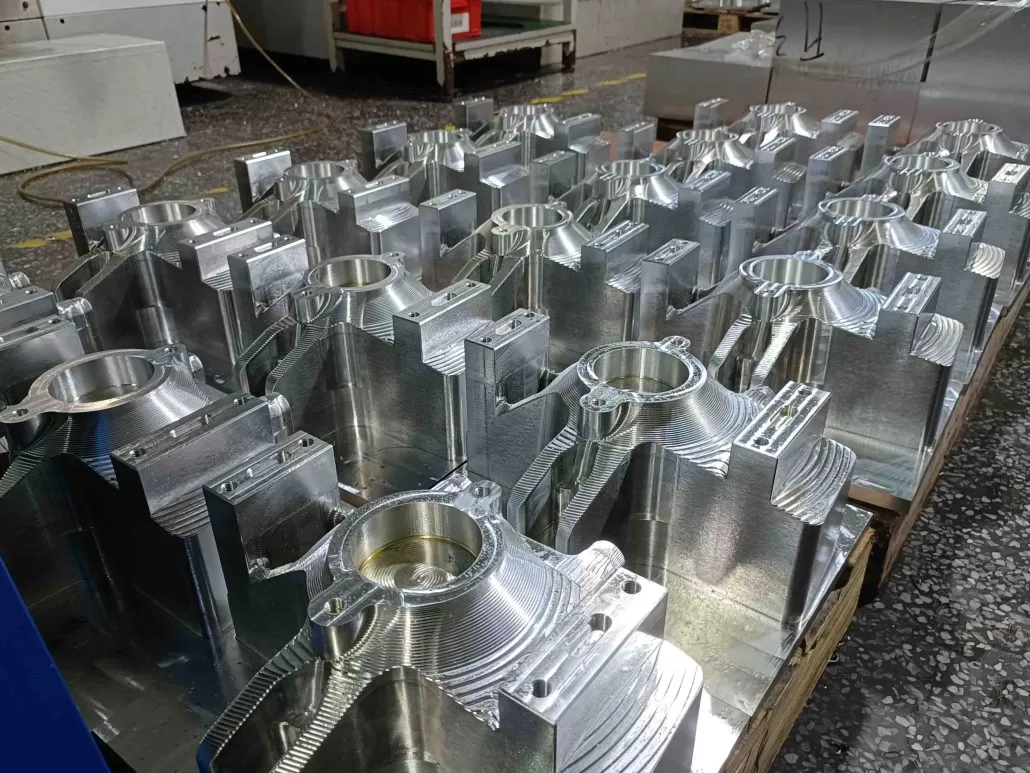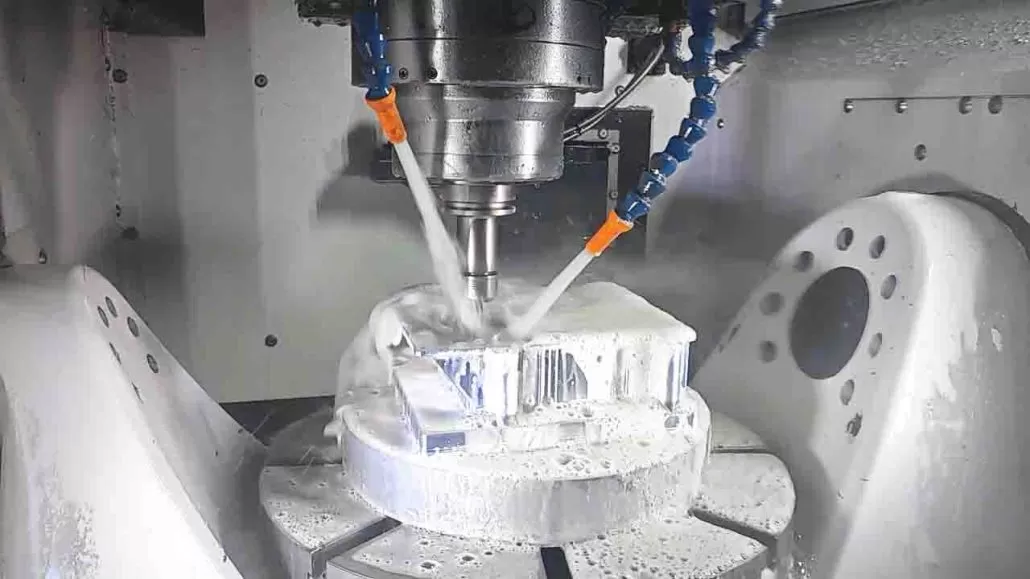CNC machines have revolutionized the manufacturing industry by automating the production process. CNC turning and milling machines are commonly used in the industry to create precise and complex parts. In this article, we will discuss the basic process of CNC turning and milling.
CNC Turning
CNC turning is a process where the workpiece is rotated while being cut by a stationary cutting tool. The cutting tool removes material from the workpiece to create the desired shape. The following are the basic steps involved in CNC turning:

1.Designing the part:
The first step is to design the part using CAD (Computer-Aided Design) software. The software generates a digital model of the part that will be used to program the CNC machine.
2.Programming the CNC machine:
The next step is to program the CNC machine using CAM (Computer-Aided Manufacturing) software. The software generates G-code, which is a language that the CNC machine understands. The G-code tells the machine how to move the cutting tool and how much material to remove.
3.Setting up the machine:
Once the program is ready, the CNC machine is set up. The workpiece is loaded into the machine, and the cutting tool is positioned.
4.Cutting the part:
The machine is started, and the cutting tool removes material from the workpiece. The machine follows the programmed path, and the cutting tool makes precise cuts to create the desired shape.

CNC Milling
CNC milling is a process where a cutting tool rotates and removes material from the workpiece. Unlike CNC turning, the workpiece remains stationary while the cutting tool moves. The following are the basic steps involved in CNC milling:
1.Designing the part:
The first step is to design the part using CAD software. The software generates a digital model of the part that will be used to program the CNC machine.
2.Programming the CNC machine:
The next step is to program the CNC machine using CAM software. The software generates G-code, which tells the machine how to move the cutting tool and how much material to remove.
3.Setting up the machine:
Once the program is ready, the CNC machine is set up. The workpiece is loaded into the machine, and the cutting tool is positioned over the workpiece.
4.Cutting the part:
The machine is started, and the cutting tool removes material from the workpiece. The machine follows the programmed path, and the cutting tool makes precise cuts to create the desired shape
In conclusion, CNC turning and milling are essential processes in modern manufacturing. The basic steps involved in both processes are designing the part, programming the CNC machine, setting up the machine, and cutting the part. These steps ensure that the CNC machine produces precise and complex parts that meet the required specifications.


